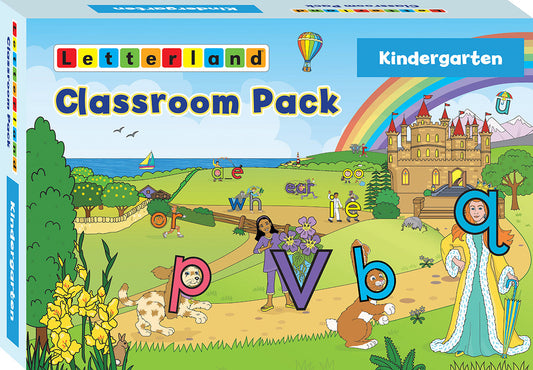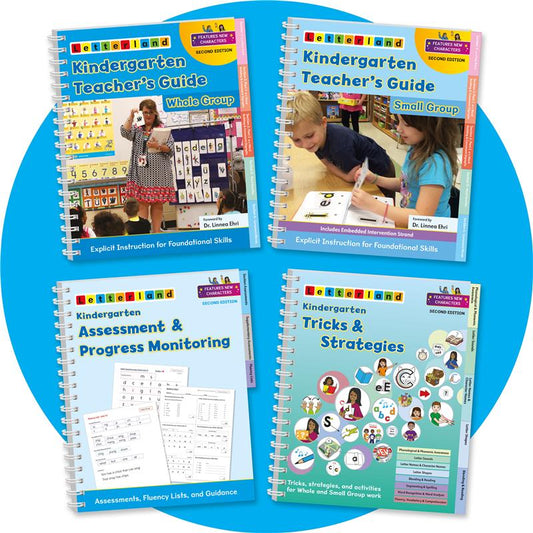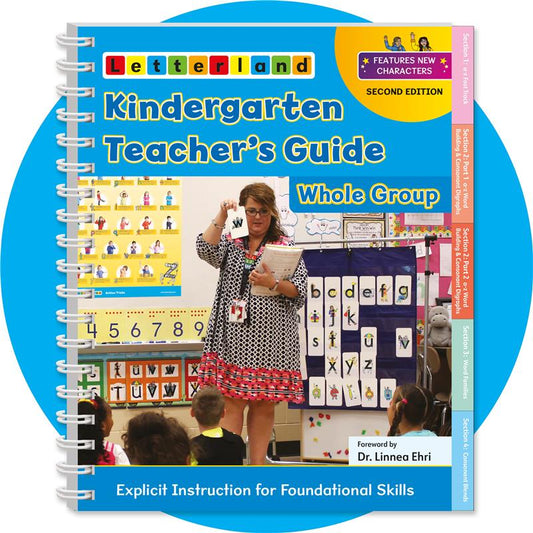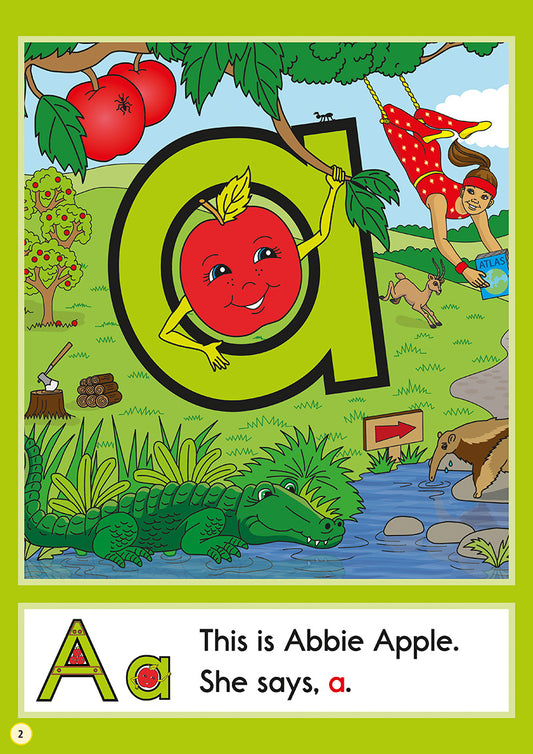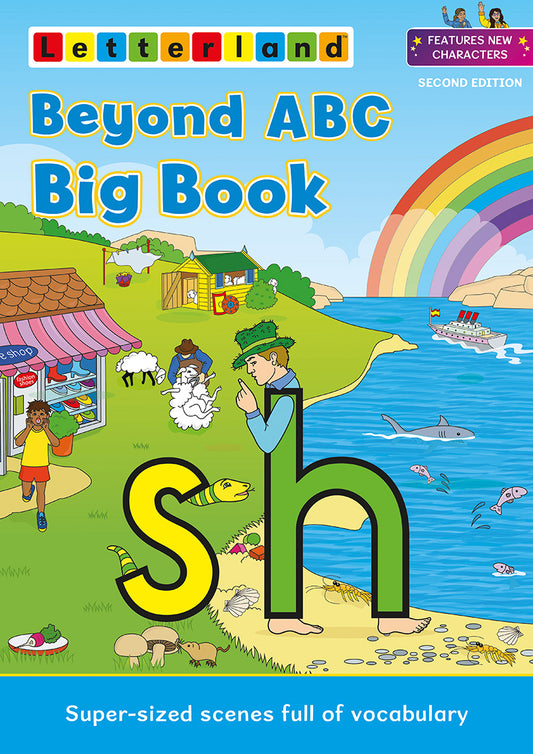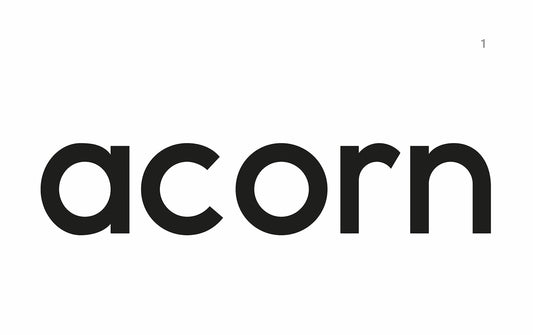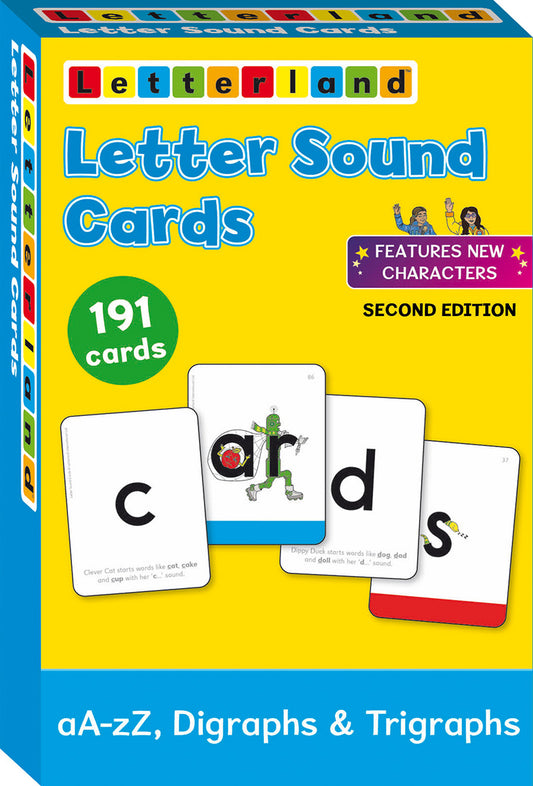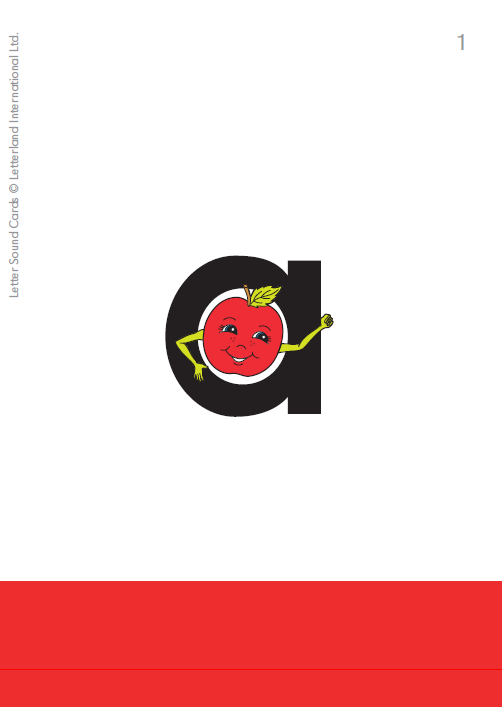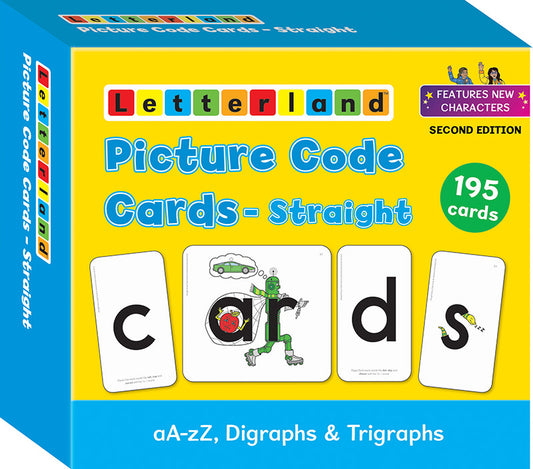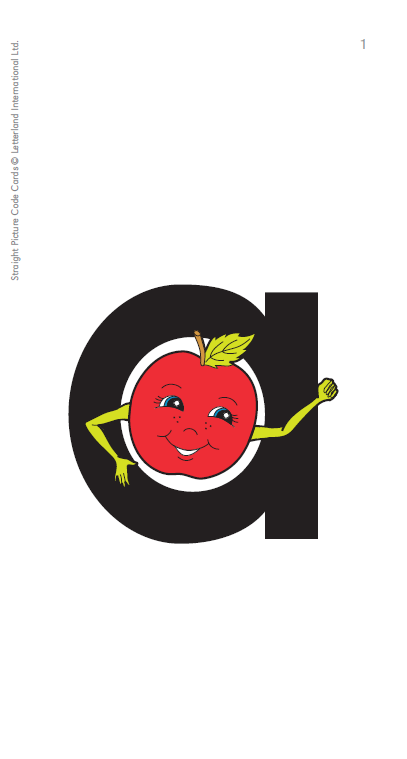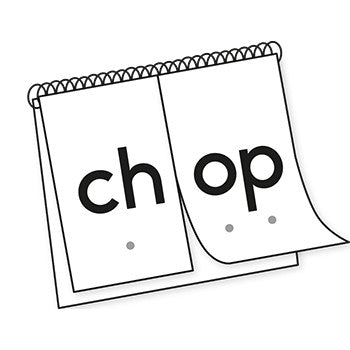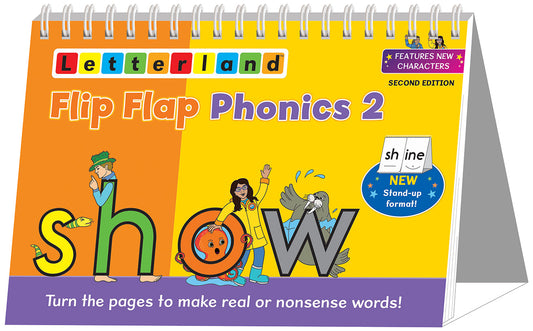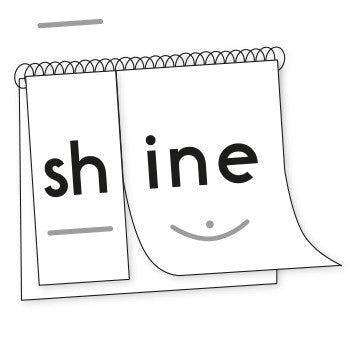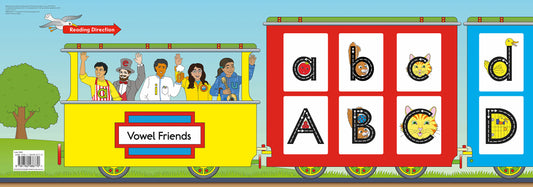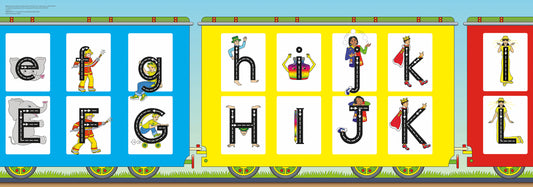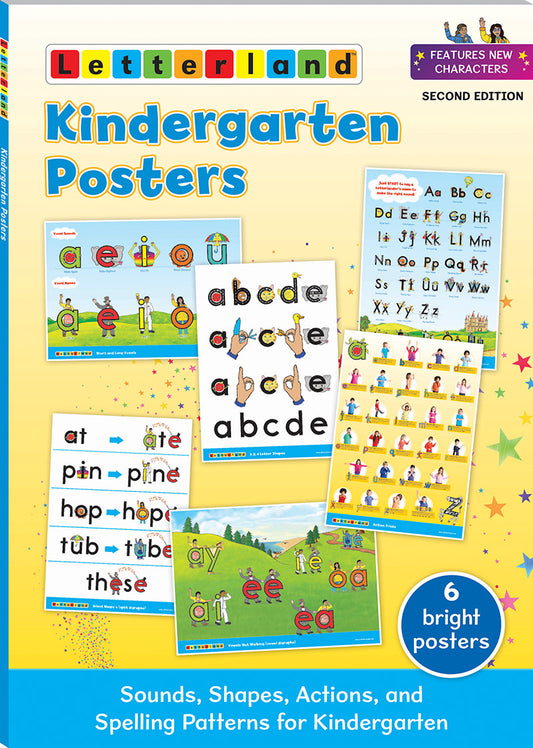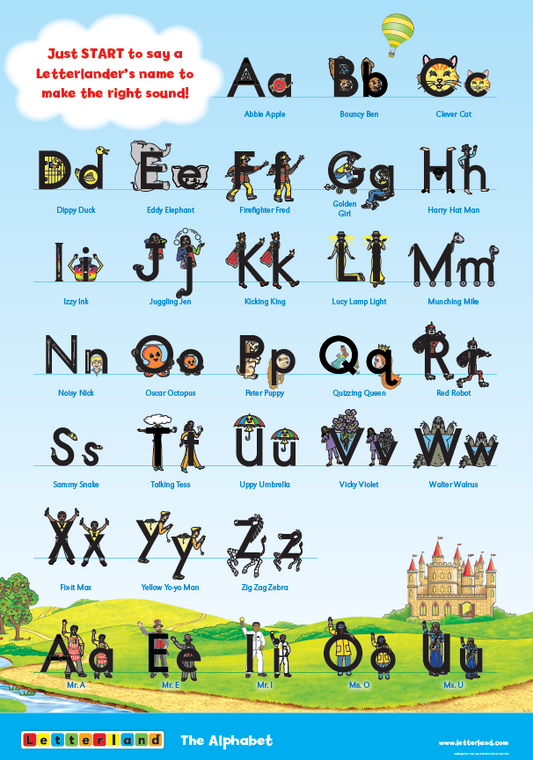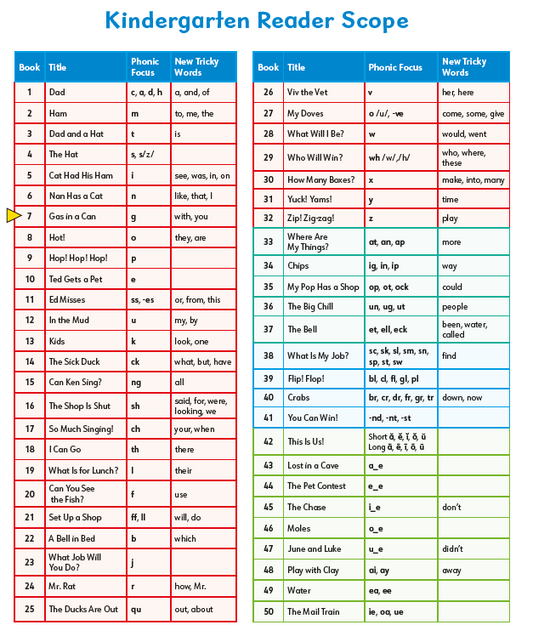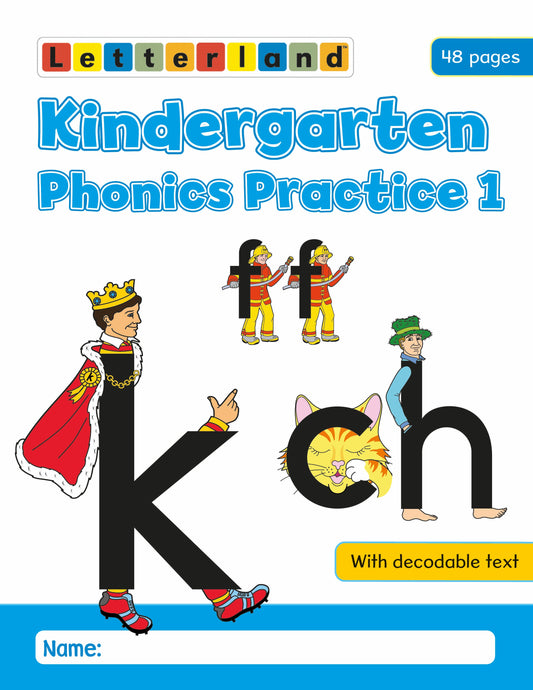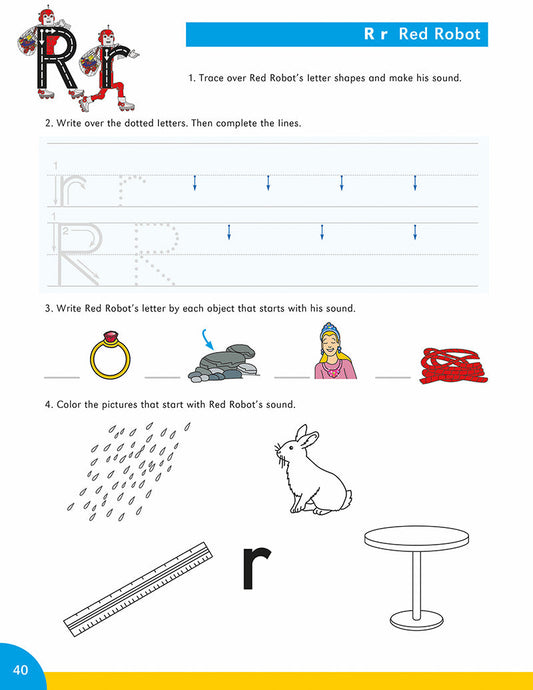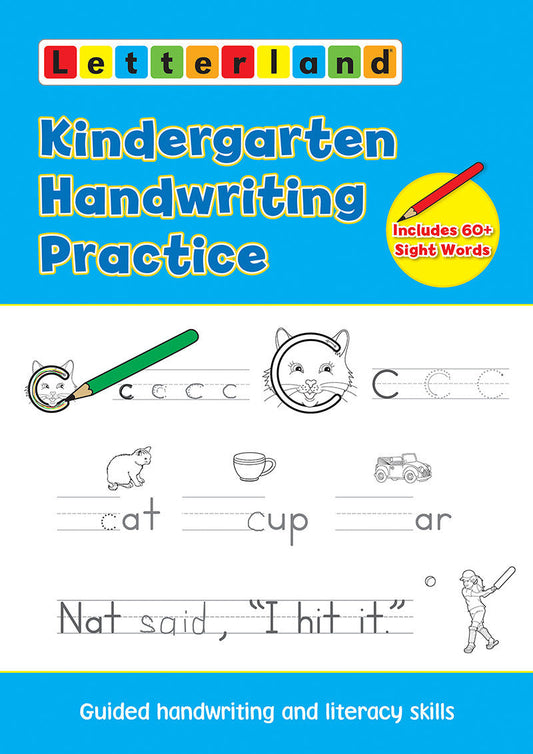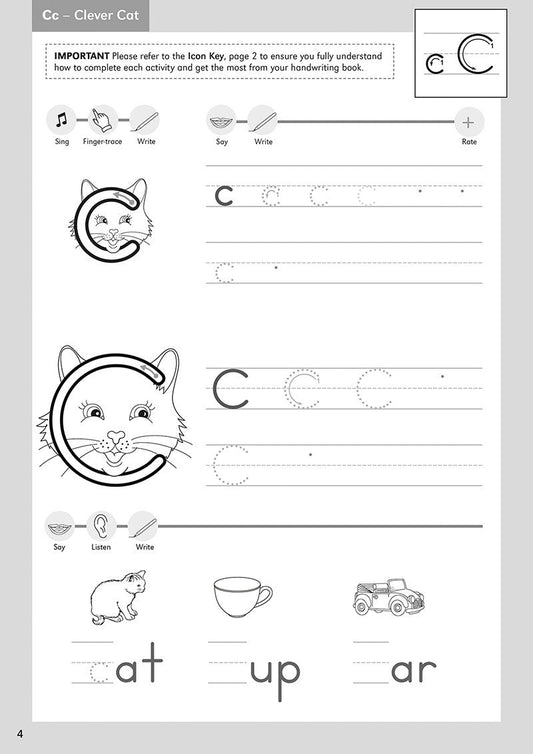|
Kindergarten
(Second Edition)
Kindergarten (2nd Edition) combines multisensory phonics with an integrated phonemic awareness strand to build essential early literacy skills. Across 36 core units, students learn K-Level Phonemic Awareness, Phonics, Vocabulary, Fluency and Language Comprehension. Easy to implement, child-friendly, and fully aligned to the Science of Reading, the program gives teachers a structured, engaging approach while helping students master foundational phonics skills in a fun and meaningful way.
Curriculum Design
How is the Kindergarten (2nd Edition) Program Structured and Delivered?
Whole Group Teacher's Guide
Whole Group lessons teach core concepts and skills with cumulative and targeted practice for students. There are 36 units with easy-to-follow lessons with structured learning from sound > word > sentence > text level.
Small Group Teacher's Guide
Lessons in the Small Group Guide are aligned with the core lessons in the Whole Group Guide. Detailed lesson plans provide differentiated instruction to consolidate the skills and concepts covered in the Whole Group Lesson and provide targeted and cumulative practice.
Assessment and Progress Monitoring
This manual contains the Core and Supplementary Assessments to help teachers monitor progress and make decisions about class pacing, reteaching, instructional delivery and small group differentiation
Tricks and Strategies
This manual collects all the Tricks, Strategies and Games that can be used during Whole Group, Small Group instruction, or when students need extra practice in an Intervention setting. They are organized by skill, so teachers can easily select an activity that provides the practice a student needs.
"Children who received the explicit instruction with...[Letterland] learned almost twice as many letter sounds."
- Roberts, 2021, p.7
Skills and Learning Outcomes
What will students learn and practice in Letterland Kindergarten (2nd Edition)?
Teacher Support
Explicit Instruction
The Whole Group and Small Group guides offer clear adult-level explanations of the program and the research behind it.
Guided Self-Correction
Examples of how you might go about correcting students to help them build a bridge to new understanding.
Data Driven Instruction
Clear guidance on how to monitor progress and how to provide differentiated support.
Recommended Timings
Recommended timings for each activity in Whole Group and Small Group lessons.
Teacher Modeling
Strategies include explicit teacher modeling with gradual release of responsibility (I do, you do, we do.)
Phonics Online
Downloads, instructional videos and animated stories and songs to provide digital support.
Look Inside
Download our Sample Lesson Pack to experience how Letterland makes phonics engaging and effective. You’ll receive:
• An introduction to the program
• 7 sample lessons for whole-group, small-group, and review instruction
• The complete scope & sequence
• A full materials overview
• A friendly “Who’s Who in Letterland” reference
The Kindergarten Pack
Frequently Asked Questions
What's the difference between Kindergarten (Second Edition) and Kindergarten [Classic]?
The Second Edition is the latest iteration of our Kindergarten Curriculum, grounded in the latest research. You can find a complete comparison between the two versions here.
Does the Kindergarten curriculum include phonological awareness and phonics instruction?
Yes! There is an embedded 'Ears Ready' Phonological Awareness strand with daily instruction. View the sample lesson to see for yourself.
How much does the Kindergarten (2nd Edition) Pack cost?
The Kindergarten (2nd Edition) Pack is $1199.99 and includes the physical products listed below. All products can be purchased individually.
Teacher's Guides:
Decodable Readers:
Word Cards:
Sound Cards:
Student Practice (25 copies of each included included):
- Kindergarten Phonics Practice (Set of 2)(2nd Edition)
- Kindergarten Handwriting Practice (2nd Edition)
Other Instructional Materials:
Are there any annual renewal costs?
The Kindergarten (2nd Edition) Pack is a one-time cost but we would recommend purchasing annual teacher and student access to Phonics Online, and copies of Kindergarten (2nd Edition) Phonics Practice & Handwriting Practice for your class each year.
How many sets of Kindergarten Decodable Readers are in the Packs?
There is one set of decodable readers in the pack. So that children have access to their own books, we would recommend either purchasing digital access via Phonics Online or multiple copies of the Kindergarten Decodable Readers (pack of 50).
Does the Kindergarten (2nd Edition) Pack feature new Letterland characters?
Yes! Our new characters are featured in the Kindergarten (2nd Edition) Pack. Look out for any products that have '2nd Edition' in the title name or show the FEATURES NEW CHARACTERS icon on the front cover. For more information, click here.
Bring Letterland to your District
Contact our friendly sales team to learn how to the new Letterland Kindergarten curriculum fits within your literacy program.





















